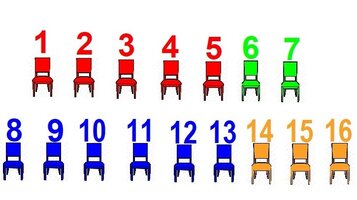That is why you have just been given a (useful) hint by @Dr.Peterson but (I believe) he has assumed something (given the direction in which he appears to have pointed you)
(I suspect @Dr.Peterson has already assumed the latter case, ie: where it does not matter ?).
Actually, I
assumed nothing. I intentionally asked a question to
elicit information both about what the OP knows, and how they understand the meaning of "placing kids in a van". My suggestion can be used for either interpretation.
I try not to over-help by giving more than they may need on what is likely the wrong problem. And I tend to assume that problems are assigned to students who are (nominally) prepared to solve them.
On the other hand, I do have an
opinion: As I read the problem, since no mention is made of distinct locations in a vehicle (though that is certainly possible), and since we don't usually assign seats in such a situation, I would expect kids and vans to be distinguishable, but seats not. This also makes it a far more interesting problem than the other.
Incidentally, a search, which I sometimes do to see if someone already got an answer, reveals that the identical problem was submitted to us and another site in 2020; the other gave a full answer to both interpretations, while we did just what our first two answers here did this time (and an esteemed "deleted member" appears to have agreed with my preferred interpretation).

